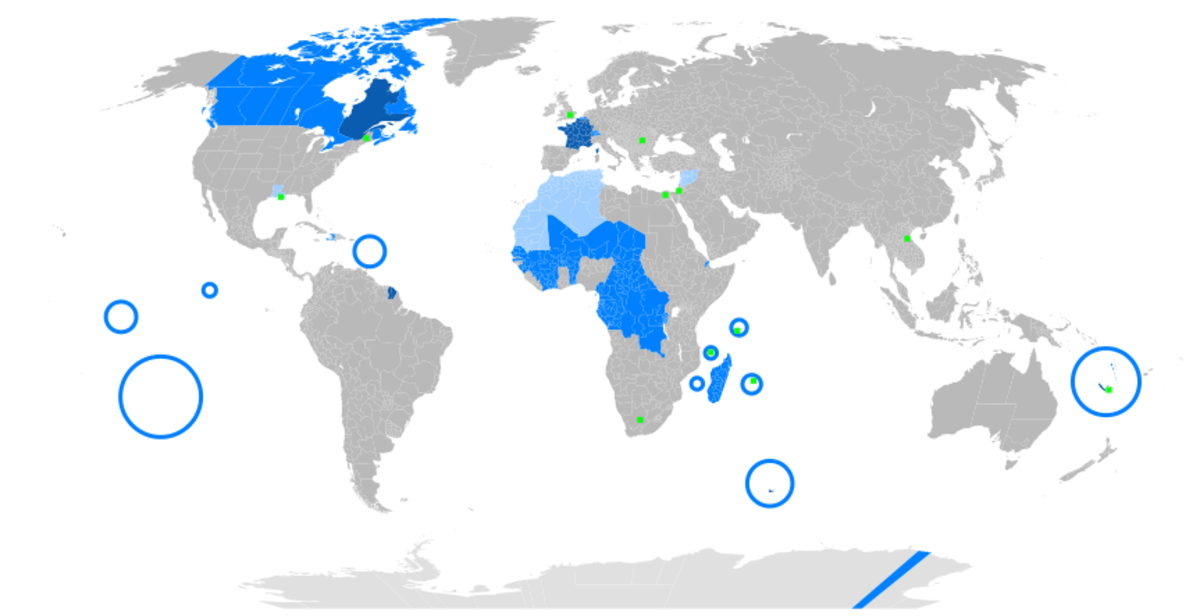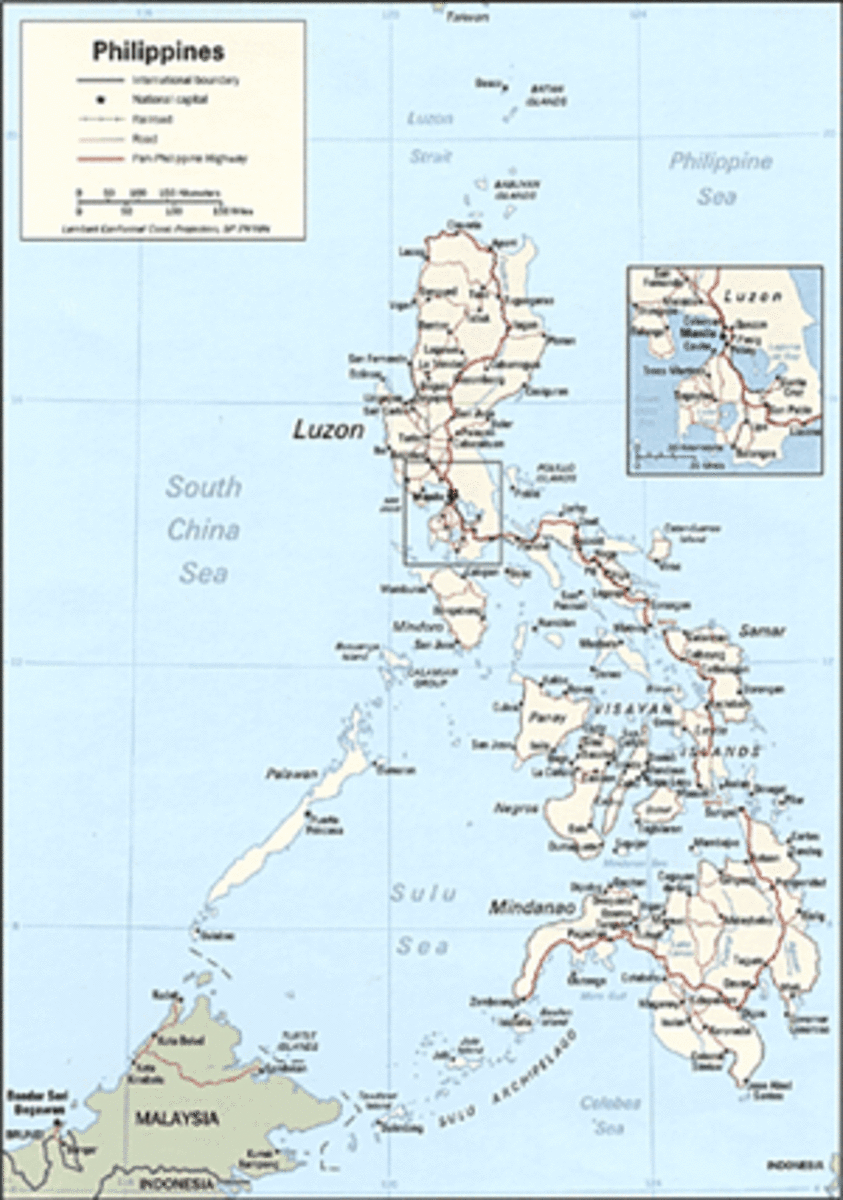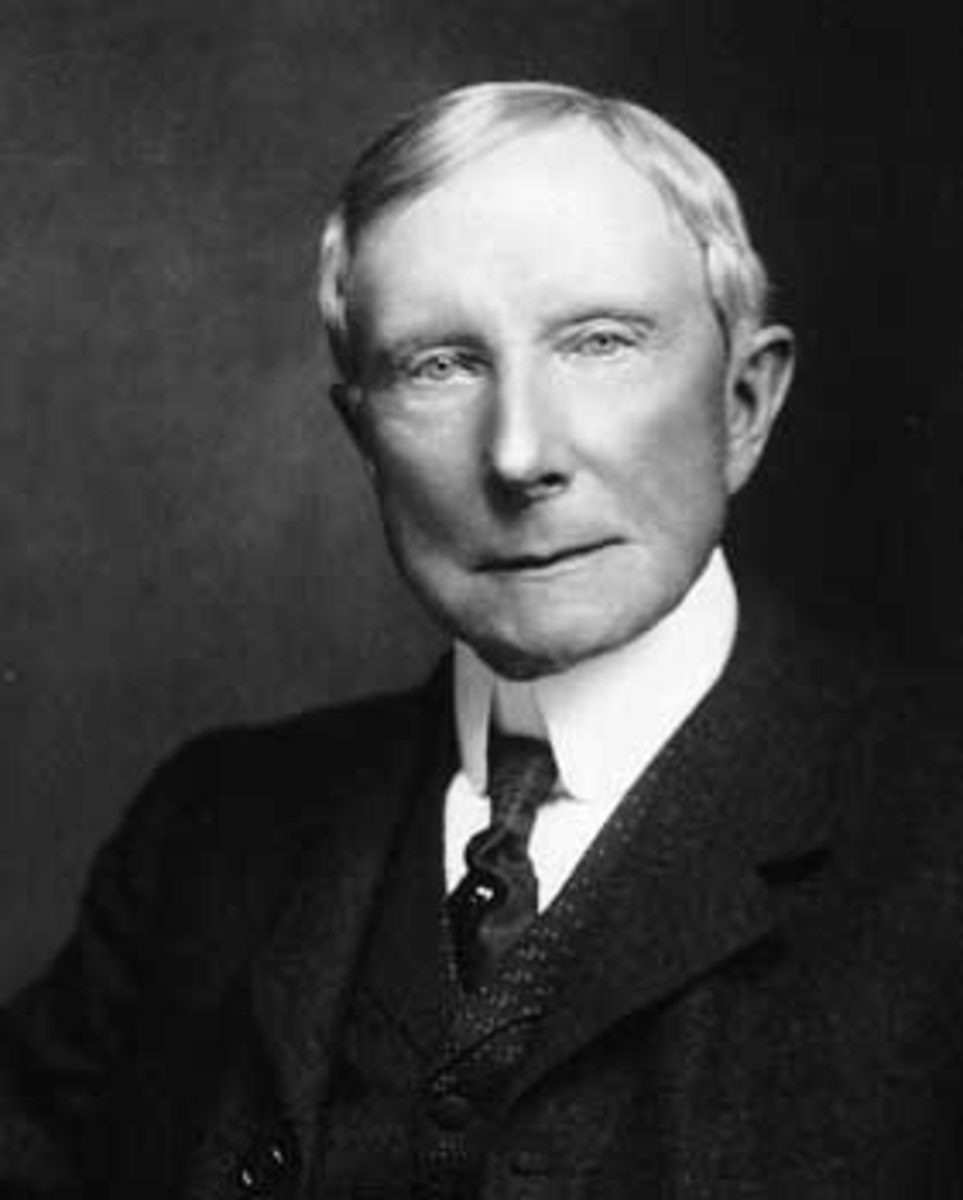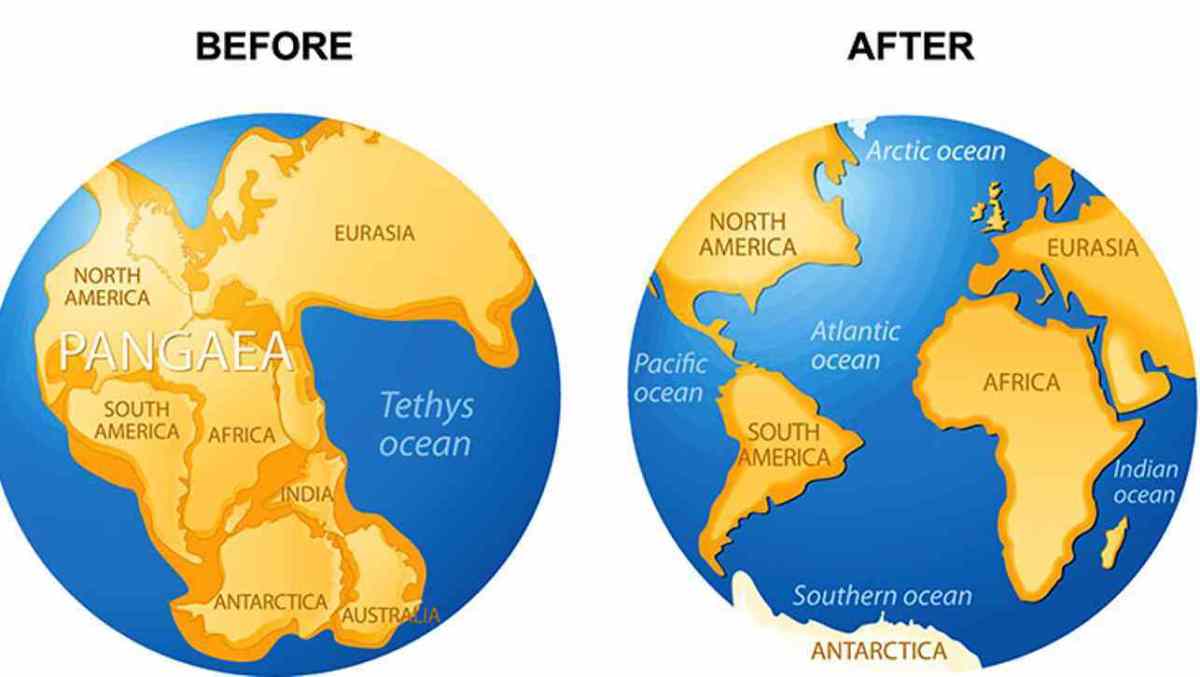Spanish Lesson Eighty-Eight: The Largest Spanish Speaking Countries
Hispanaphones (By Country)
- Mexico (117 Million)
- Spain (47.2 Million)
- Colombia (47 Million)
- Argentina (41 Million)
- United States (37.6 Million)
Note: Unfortunately, finding precise numbers has been difficult. Consider these numbers estimates in regards to other data that may have been collected since the source's publication.
Introduction
If you'll notice, today's lesson looks a quite deal different than others I have had in the past. This lesson will showcase an understanding of Geography when it comes to discussing the world's Spanish speaking population. If haven't discovered this, the United States has the Fifth-Highest population of Spanish speaking citizens. These speakers can be placed in the category of "fluent" or those who speak it "very well". Today I want to talk about the geography of the language and how its come to be one of the world's most spoken languages.
The word Hispanaphone will be used to indicate those who are able to speak Spanish at any proficiency.

The Origins of The Spanish Language
The language of Spanish is considered to be a Romance Language. This indicates that the language itself derives from a dialect of the Latin language that predates the regions that we now know and love. In fact, these dialects of Latin became Spanish, French, Romanian, Italian, and Portuguese.
Spanish originates from what is now current day Spain. Of course throughout history, Spaniards left Spain in search of the new world and brought the language to current day Latin America, Mexico, and Central America. The language was then spoken by a much larger population culminating in its current day population. As of today, nearly 350 Million people speak the language today. It is the fourth most spoken language in the world just ahead of English.
How Well Do You Speak Spanish
The Geography of The Spanish Language
The Spanish language has been spread throughout the Americas over the last few centuries. It is the primary language of nearly twenty countries around the world. Spanish is named after its country of origin, Spain. The irony in this is that Spanish is spoken predominantly outside of Spain in the Americas where Mexico, Central, and South American countries acknowledge the language as its official language de facto or de jure. The exceptions to this rule would include Belize where only 43% of its population recognizes Spanish as well Brazil and Trinidad and Tobago.
In the United States, Spanish is the most taught second language, spanning over 50 million citizens. This is also due to the fact that there are nearly 40 million native speakers in the country alone. Spanish speakers predominantly reside in California, Texas, and Florida. Spanish is recognized in public facilities in New Mexico and influences large cities such as Chicago, Las Vegas, and Houston.
Outside of the Americas and Europe, Spanish is the official language of the African Union, Equatorial Guinea, and widely spoken in the Philippines.
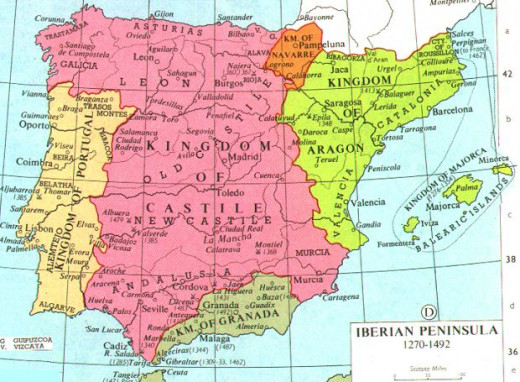
Hispanaphones in The United States
Of the estimated number of the population of the United States who speak Spanish (in addition to English), here is a breakdown of the those speakers by age group. These numbers specify the percentage of the age group within the group of those who speak Spanish in the Unite States in addition to "very well" or fluent English.
- Ages 5-17 (79.3% of age group)
- Ages 18-64 (53.2% of age group)
- 65 and Older (37.1% of age group)
Note: Unfortunately, finding precise numbers has been difficult. Consider these numbers estimates in regards to other data that may have been collected since the source's publication.
New Trends of Hispanaphones
With the world's Spanish speaking population continuing to grow, it may continue to surpass English as the fourth most spoken language. It will never catch up to to Mandarin which is spoken by 1.2 Billion people worldwide. It is a belief that the growth will be exponential in the United States where the country has become more accepting of their neighbors to the south (this includes Mexico, Cuba, and Central American countries).
As more citizens of the United States begin to speak more Spanish, more natives will fee comfortable being apart of the American population. With 50 Million students, a vast population of native speakers, and an openness to invite other Spanish speaking individuals into the country, the United States may very well obtain the world's largest Spanish speaking population. Whether that happens or not is up to the migration of Mexican, Central and South American individuals.

Conclusion
As you've read, the Spanish language is a very interesting thing. With it being a Romance Language it has become on of the most influential languages in history. With native speakers on almost every continent, Spanish has the potential to continually impact nations where the number of native speakers continue to grow. Within Spain and the Americas, there are over 500 Million native speakers of the Spanish language.
In the United States, we can safely assume that Spanish will continue to dominate the nation as the number most taught second language. It can also be considered the second most spoken language in the United States to the English language. Also, Spanish will be the most spoken second language to English in the United States.
As a lover of languages, one must acknowledge the geographical impact of the language and its effect on the world. Thank you for reading.
References
- US is 5th largest Spanish-speaking country: new Census interactive map
NBC Latino article describing the Spanish speaking populations of the world. - American FactFinder - Results
American FactFinder is your source for population, housing, economic and geographic data. - 10 Facts About the Spanish Language
A collection of basic but interesting facts about the world's No. 2 language.
© 2014 AE Williams

